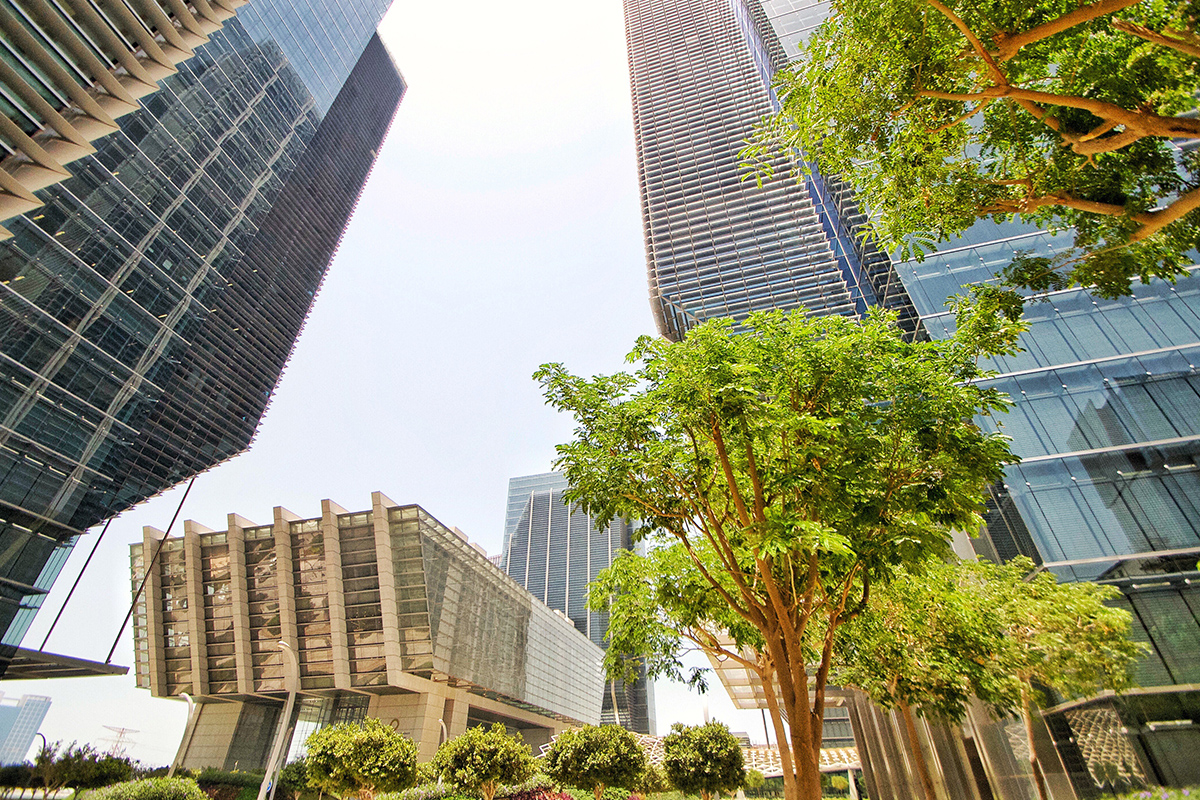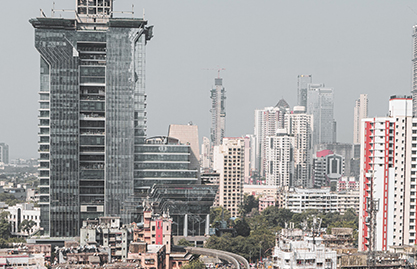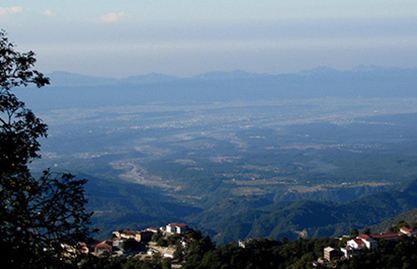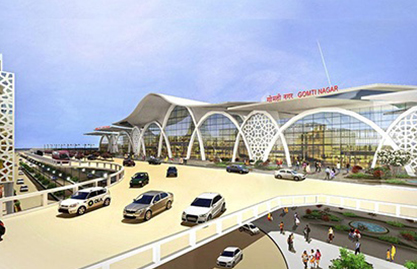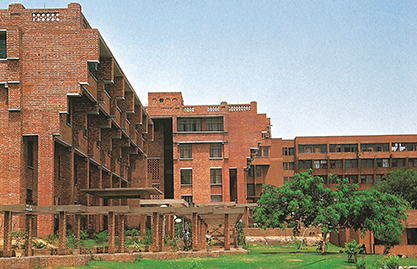What is Net Zero Energy Building?
With all forms of energy being consumed at a faster rate resulting in an increase in energy prices and adverse climatic changes, there is no doubt that we will be passing on barely any natural resources to our future generations. The need of the hour is to conserve and ration the existing energy and employ methods that help preserve it. We need to imbibe green design values in our designs as much as possible and to promote eco-friendly architecture.
Net Zero Building is a concept introduced in India by green evolution architects and is gaining popularity amongst private commercial real estate owners as well as architects in India, as it promotes efficient energy management.
Concept of Net Zero Energy
Before we go deeper into the subject, let’s understand what Net Zero Energy (NZE) buildings are. In simple language, we can say these are based on eco-friendly architecture. Secondly, as the name suggests, in simple terms, it is a building that uses the same amount of energy that it produces at the very same site in a year, with the aid of renewable power generation and innovative technology. As per green evolution architects, the zero-energy building concept is based on the combination of energy efficiency and renewable energy generation. Such buildings aim to contribute lesser to the release of harmful gases and wastes in the atmosphere. The focus is to not just have a green solution but also to cater the financial savings.
How it works
NZE buildings need to produce their energy for the fulfilment of electric supply to meet day-to-day chores. There can be various microgeneration technologies employed to achieve this. Architects in India have been using these to construct eco-friendly architecture in the past but on a small scale. They have employed powers like solar, wind, biogas, hydropower, etc., to make it eco-friendly and energy-efficient. Other than supply of energy for usual tasks, what is more concerning is keeping the insides of the building cool or warm according to the temperature, especially in a country like India. While the European method of insulating the building completely may not work in the Indian climate, architects in India can go for options like providing shades, protection from the sun, and proper air ventilation, as these can considerably lower the energy consumption.
Useful Resources: Modern Industrial Architecture | Redevelopment Projects
How to get a Net Zero Building
You, as an owner, need to assemble an efficient team of green evolution architects. The first step for an architect in India to build an NZE building is to understand the need and set the goals. An existing building cannot be converted into a green one in just a single night. Estimating the current consumption and lowering it is important for it to turn into a successful NZE building. Once the load is brought down, then comes the decision to select renewable energy resources. Green evolution architects would decide multiple ways to employ to construct an eco-friendly architecture, depending on the need, location, weather, and size of the establishment.
Read More: Impact of Urban Designs on Mental Health
Why should we have Net Zero Buildings?
There are social as well as economic reasons for you to convert an existing building, or build a new NZE building. The concept of Net Zero Building brought by architects in India is not just to contribute to the environment but also to build an economically sustainable establishment.
The upfront cost of using NZE energy-producing equipment may look a bit high but the savings that one can make in the long run can be easily compensated in the near future. Imagine not getting affected by the rising energy prices, because you already own a self-sustaining energy regeneration system!
Saving money is not all, but the feeling of contributing to the efforts to fight against environmental damage will be very fulfilling. NZE building employs ways in which you can save yourself from contributing to the greenhouse gases which have been causing havoc in the atmosphere of our Earth. Nonetheless, the renewable sources that you will be using will protect our planet and maintain the natural resources for future generations.
Read More:- Long Term Economic Benefits of Sustainable Design


